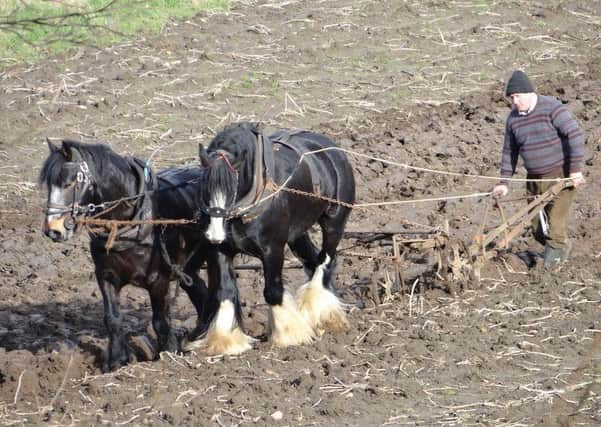Progress at the sake of nature


You will almost certainly read that it has declined in population by 70, 80 or even 90 per cent since the 1960s or so.
It must be difficult for folk who weren’t around at that time to visualise what the countryside was like in those days and just how much wildlife there was.
Born in 1953 I was a boy at a time when boys were feral.
Advertisement
Hide AdAdvertisement
Hide AdClimbing trees, making fires, collecting birds’ eggs, guddling trout, you name it, we were up to it!
Mixed farming was the order of the day. The countryside was a patchwork of small fields, each crop different from the ones around it.
Hedges were cut by hand and were much bulkier than the skeletal affairs you see today.
If we were searching a hedgerow for nests and we went over six or seven yards without finding one, we would turn around and scour that length again, knowing we had missed one.
Advertisement
Hide AdAdvertisement
Hide AdIt was not unusual to find two nests within feet of one another
Now as you drive along a road you can see right through the paper thin hedges. You will not see a single nest for mile upon mile.
I actually think most farmland species have declined by even greater percentages than we see quoted.
We may throw subsidies at farmers to redress the balance but we are very poor at checking results, counting wildlife and ensuring we are getting our moneys’ worth.